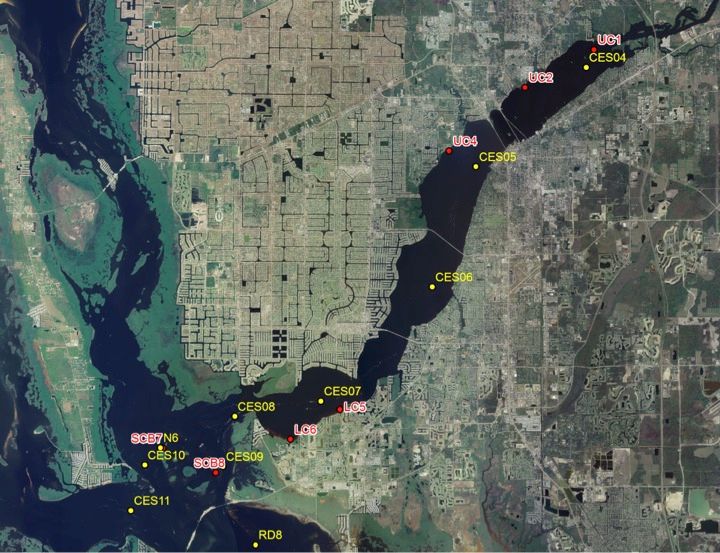I had a busy spring semester of teaching and research at Florida Gulf Coast University and didn't have much leisure time to spend on blogging. So now that I've turned in all my final grades and shifted gears to research-only mode for summertime, I'll catch up on some of the things I would have blogged about if I hadn't been so busy.
I kept my first-year students busy with lab activities in my "Marine Systems" class.
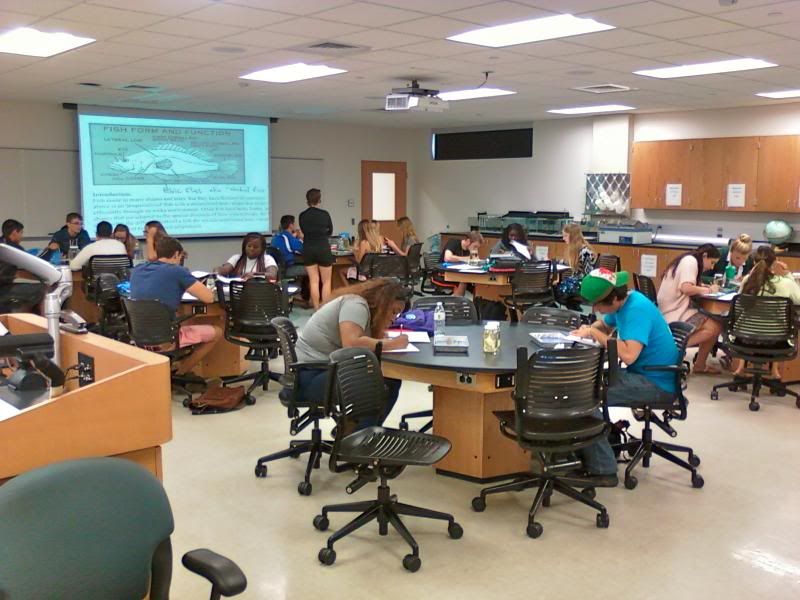
I hired a research technician to help me with labwork and fieldwork in the Caloosahatchee Estuary. She and my graduate student also made an official school webpage for me:
http://blogs.fgcu.edu/douglasslab/
Sometimes the fieldwork was awesome.
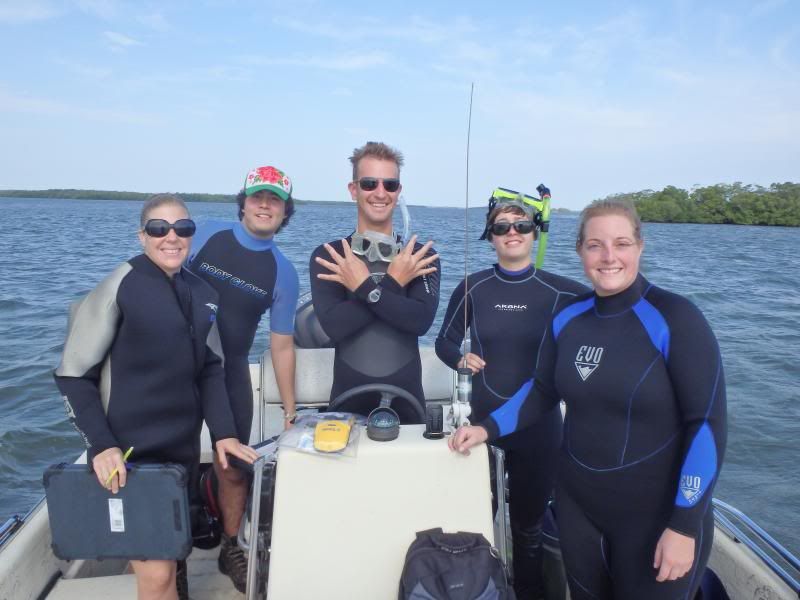 In the lower part of the Caloosahatchee Estuary we saw cool saltwater critters like this Spotted Batfish.
In the lower part of the Caloosahatchee Estuary we saw cool saltwater critters like this Spotted Batfish.
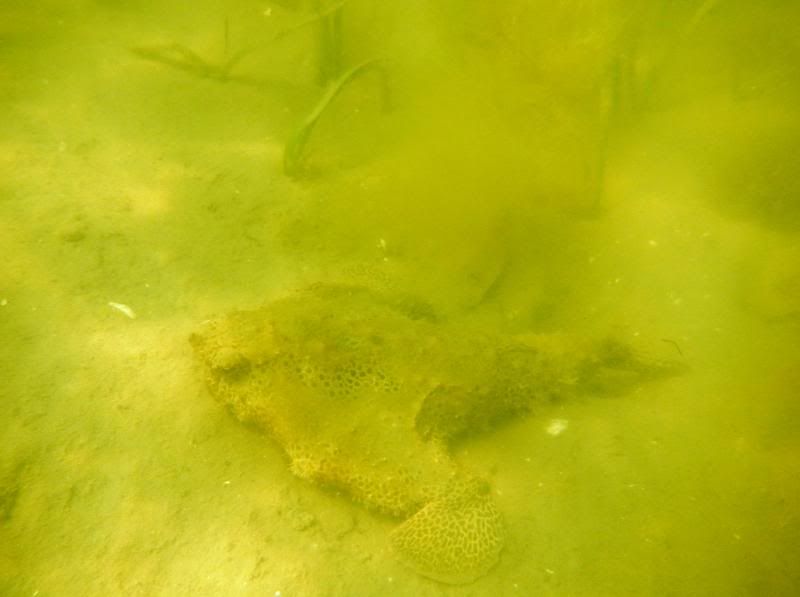 Sometimes the fieldwork was not awesome, but we still got it done.
Sometimes the fieldwork was not awesome, but we still got it done.
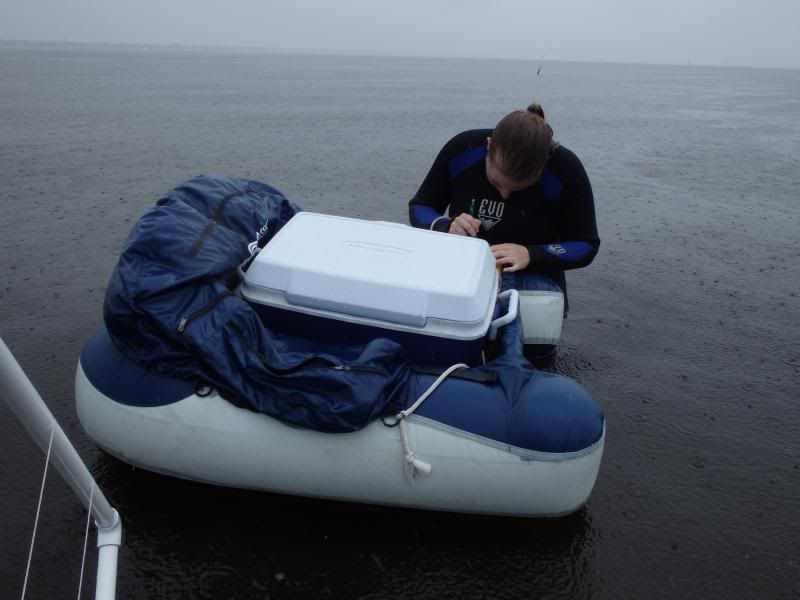 In the upper Caloosahatchee Estuary, where the water is mostly fresh, we searched for signs of
In the upper Caloosahatchee Estuary, where the water is mostly fresh, we searched for signs of Vallisneria americana,
a grasslike underwater plant. As recently as the 1990s, Vallisneria
formed lush underwater meadows in this area, full of brackish-water loving fishes and crustaceans. Unfortunately, unstable salinities resulting from irregular water flows through a man-made structure on the Caloosahatchee (the S-79 lock and dam) have decimated the Vallisneria.
Where we searched near a bird rookery island in March, all we found were a few solitary blades of the grass, plus lots of gross mud and cracked eggshells and such.
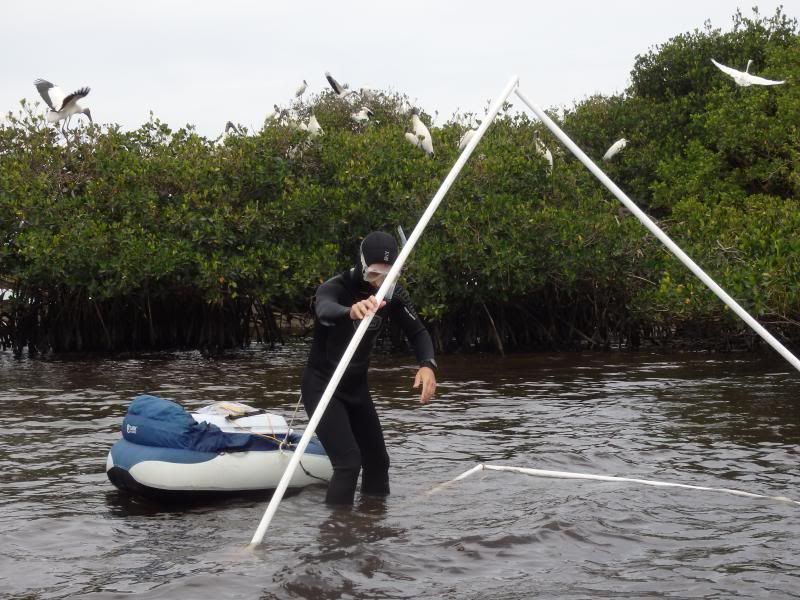
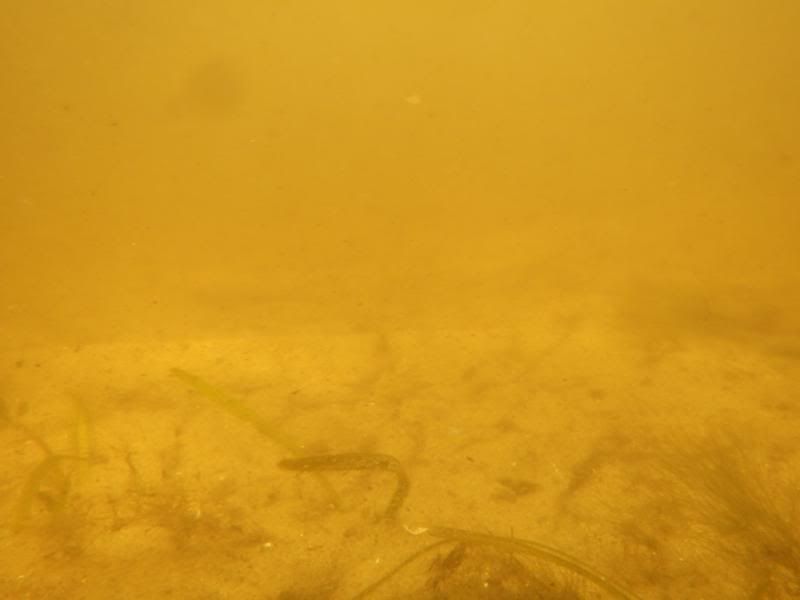

The one thing I did make time to blog about this spring was windsurfing, although there were a few good windsurfing sessions and projects that I neglected to document. One project was changing the "double concave" bottom on my formula board to a "flat vee." It helped the board plane earlier and easier, and hasn't had any negative impacts that I can tell.
Intermediate stage in the bottom-shape conversion, where I had routed out the concave sections before filling them flush with foam slabs.

Another windsurfing project was shipping the RRD beginner board I'd picked up on craiglist to a buyer in the Northeast. Shipping windsurfing gear is an expensive boondoggle.
I used about four rolls of packing tape and 20 cardboard boxes to wrap this on up, hence the sarcophagus appearance.
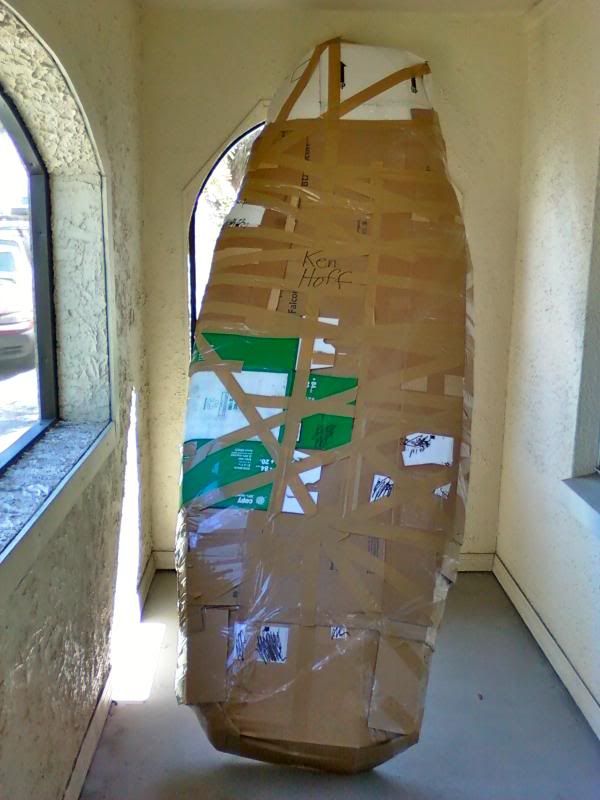
My dog Grace learned how to SUP. I lured her onto the board with treats, but it was hardly necessary because she took to it quite naturally.
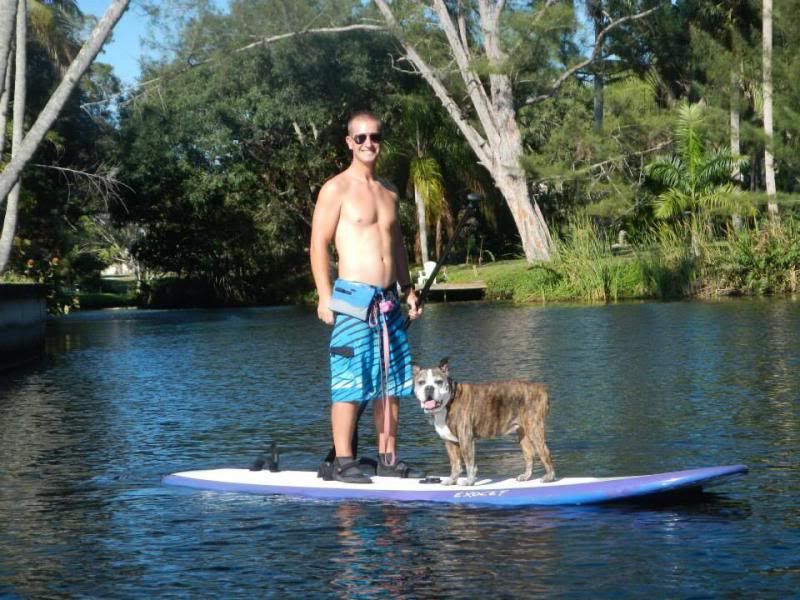 She's so calm on the water that she'll even lie down and rest on the board.
She's so calm on the water that she'll even lie down and rest on the board.

The Exocet WindSUP 11'8", with it's ample width and flotation, is nearly perfect for dog SUPing, though if I was only using it for that I would put some grippy padding on the nose because Grace likes to stand right on the bow.
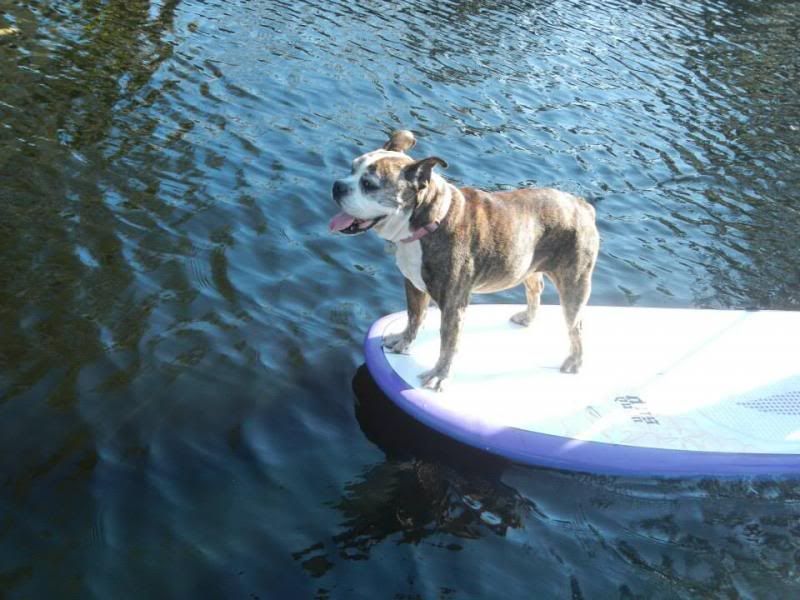
There were some interesting botanical events around my house in Bonita Springs.
One was the sexual maturation of a large agave plant in our front yard. It shot up a towering inflorescence, which began looking like a giant asparagus, then morphed into a multi-tiered flower structure as tall as our royal palm tree.
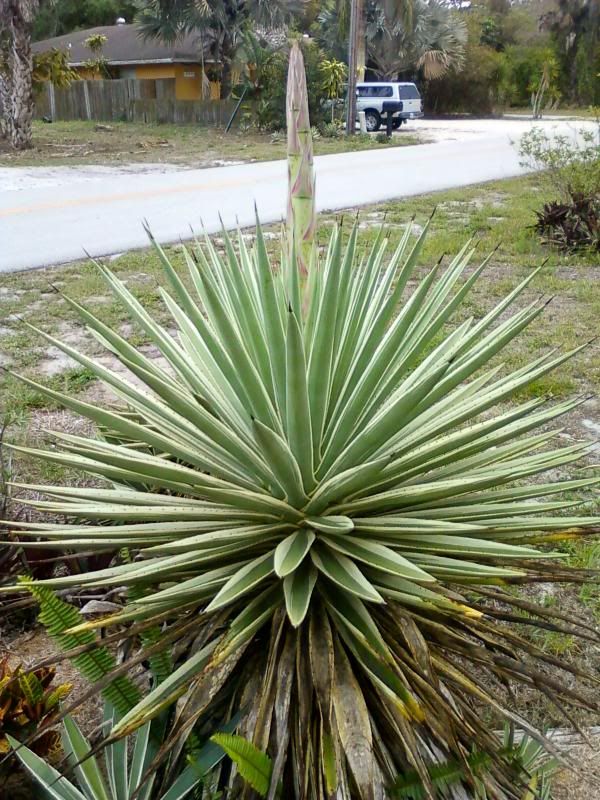
 Another botanical event was our replacement of a ratty looking Crape Myrtle with some cute little Bougainvilleas.
Another botanical event was our replacement of a ratty looking Crape Myrtle with some cute little Bougainvilleas.
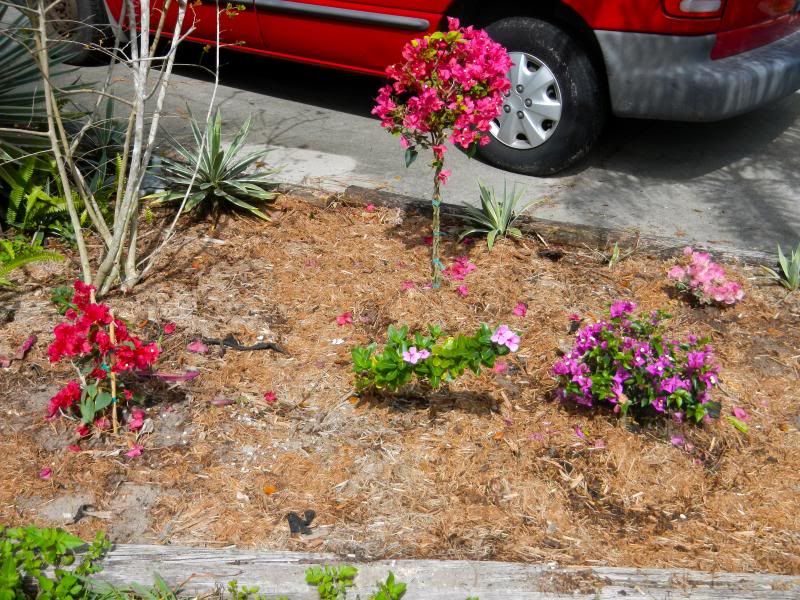 Rhonda also bought us a "tasteful" garden gnome sculpture. I assume our next purchase will be a pink plastic flamingo.
Rhonda also bought us a "tasteful" garden gnome sculpture. I assume our next purchase will be a pink plastic flamingo.

I shouldn't forget to mention Rhonda's HUGE spring news: She achieved her life's goal of getting a big book publishing contract.
Titan Books bought her latest sci-fi novel, plus two more (not written yet) from the same trilogy.
Despite being a famous author, Rhonda still works full time for NASDAQ and works as a full-time dog parent and semi-pro miniature golfer.
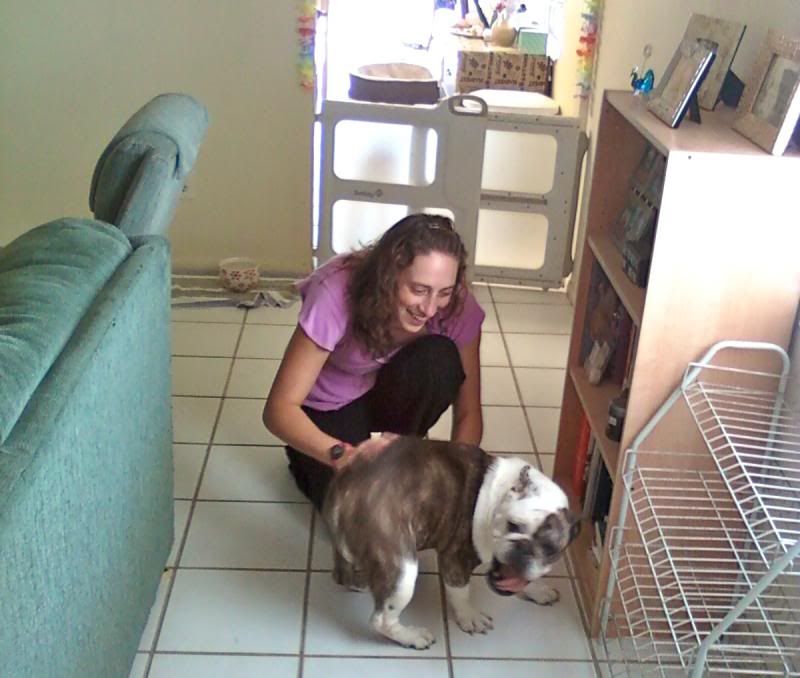
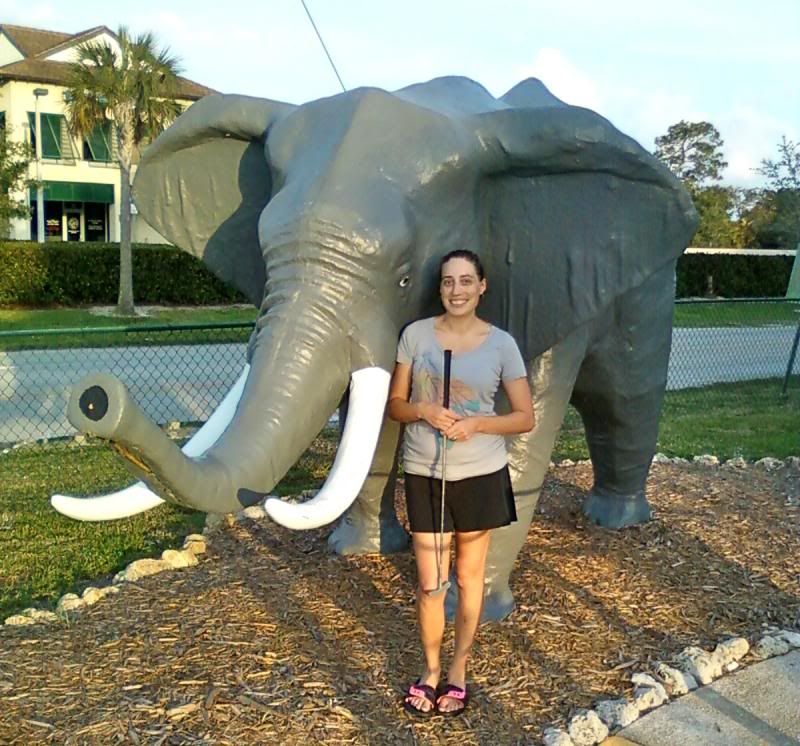
Besides the worrying environmental trends I've seen during my research outings in the Caloosahatchee Estuary, there have been some other interesting and upsetting things going on with the environment of Southwest Florida. One of them is the relentless conversion of undeveloped greenspace to housing developments and shopping centers.
This is a political cartoon from outside one of my colleagues' offices. It was drawn in 1997. The areas around FGCU now look a lot more like the 2020 picture!
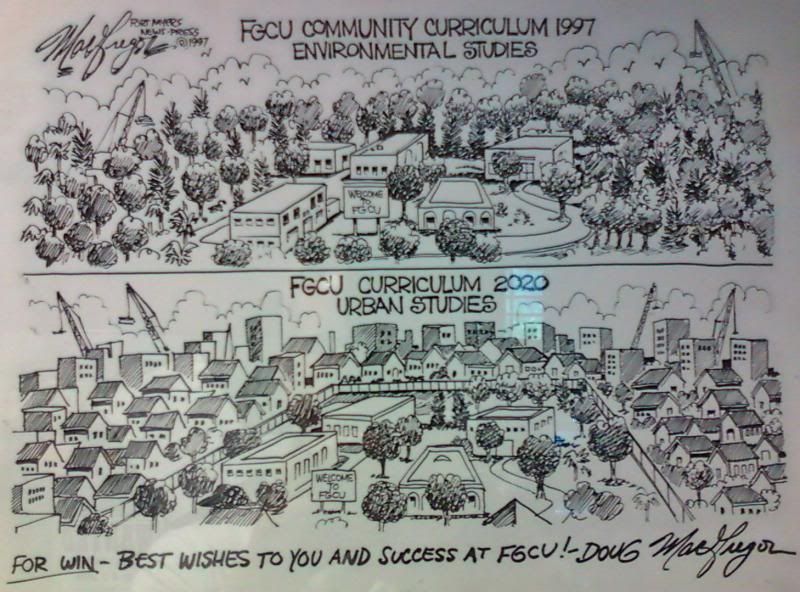
In addition to the permanent loss of terrestrial wildlife habitat when these developments are built, I'm concerned about the additional runoff pollution that they'll introduce to the area's already strained waterways.
The canal near our house, for example, is looking really gunky.
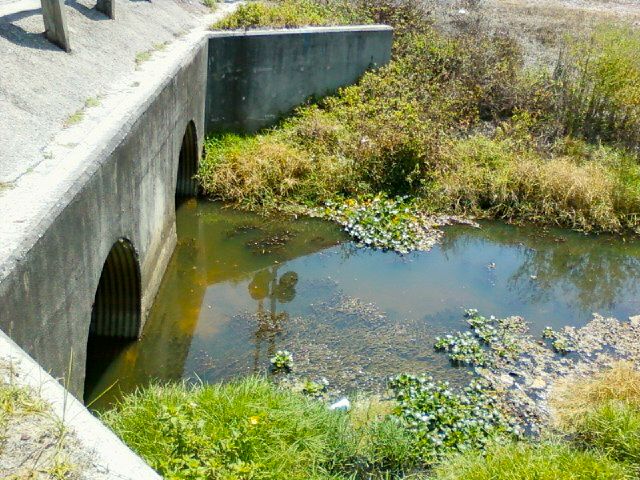
One thing that I think degrades the health of the canal is that it's always being sprayed with herbicide. Some of the spraying is because its next to some disused railroad tracks. Though they don't maintain the tracks themselves in a state that would allow a train to pass, they still think it's necessary to poison every living thing in the right-of-way until its a shriveled brown wisp. Not all the herbicide is for the railroad tracks, though. They actually spray it right in/on the water of the canal and the wetland plants around it. I guess the government (city, county, state?) worries that it will get too clogged with plants to effectively drain water off the land in a flood. Some of the plants are non-native, too, like the beautiful floating "Water Hyacinth." The
Lee County Hyacinth Control District often poisons them, but sometimes uses other methods, like introducing herbivorous fishes.
Canal filling up with live hyacinths before poisoning.
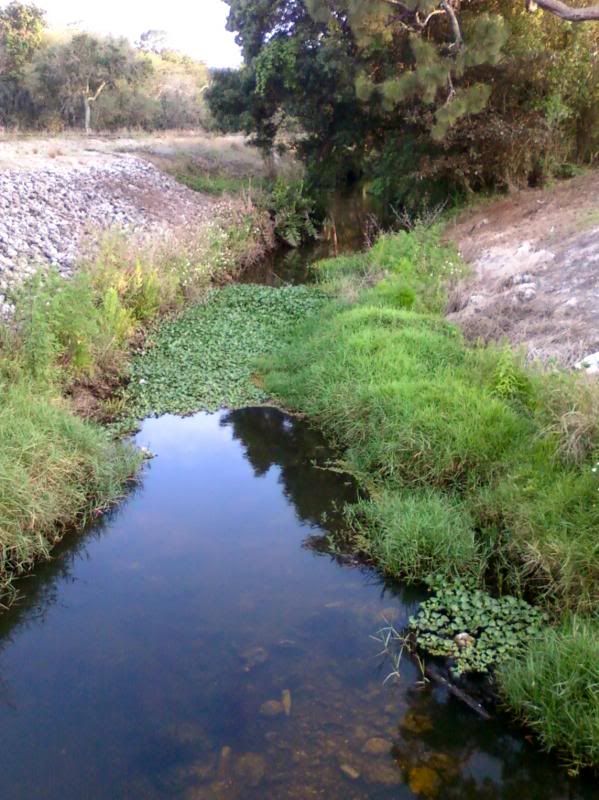 Canal full of live and dead hyacinths, and poison, after poisoning.
Canal full of live and dead hyacinths, and poison, after poisoning.
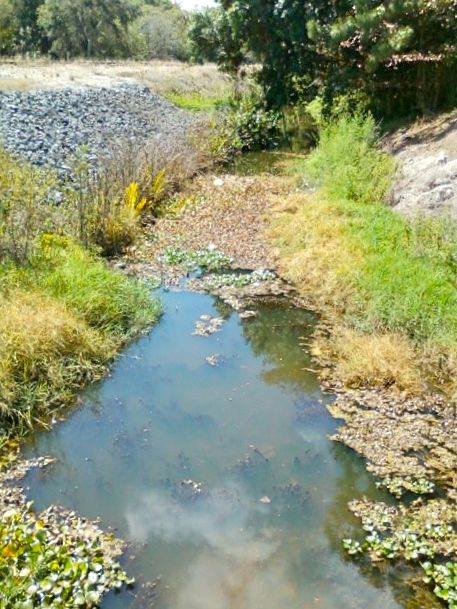
I'm not an expert, but my instinct as a scientist is that the best thing to do if the floating plants become a nuisance would be to sweep them up off the surface of the water with some kind of giant net or rake, then turn them into nutrient-rich compost for agriculture and gardening. You see, when aquatic plants grow they absorb the excess nutrient pollution from the water. If you kill them and leave them in the water to rot, all the nutrients and pollution (plus the herbicide) go right back into the water, causing problems downstream and in the ocean. But if you scooped them out instead you'd be removing the excess nutrient pollution- a win-win scenario.
Another uncool environmental trend is the fad of shark-fishing off the beach. Lots of macho young dudes will show up at the beach around sunset and set up tons of rods right in the area where everyone is swimming, beachcombing, and windsurfing. Sometimes they'll cast their baits out, and other times they'll use a kayak to put bigger baits out really far to try to catch bigger sharks.
Believe it or not, this small, butchered shark was actually being used as BAIT by a young man fishing off Bonita Beach Access #10. After an unsuccessful night of fishing he tossed it away in the water, where it drifted back and forth in the waves until bumping into an unsuspecting swimmer the next day, right before this picture was taken. Though there appear to be decent populations of small and medium sized sharks in Florida, their populations are actually extremely low compared to their healthy, historical abundance, and many shark species are still in decline. So I don't think catch and kill shark fishing should be allowed.
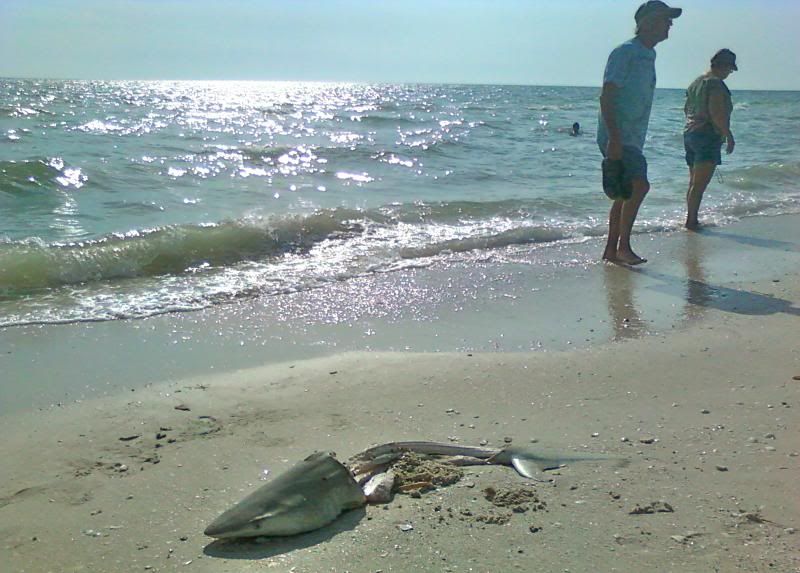
On a completely different note, I'm going to need a new windsurfing vehicle soon. The speedometer and odometer have never worked, the gas gauge doesn't work, the air conditioner doesn't work, and now the backhatch is rusting off.
I might have to make a last-minute new-used minivan purchase before my honeymoon trip to the Florida Keys this June.

I'll stop there for now.
